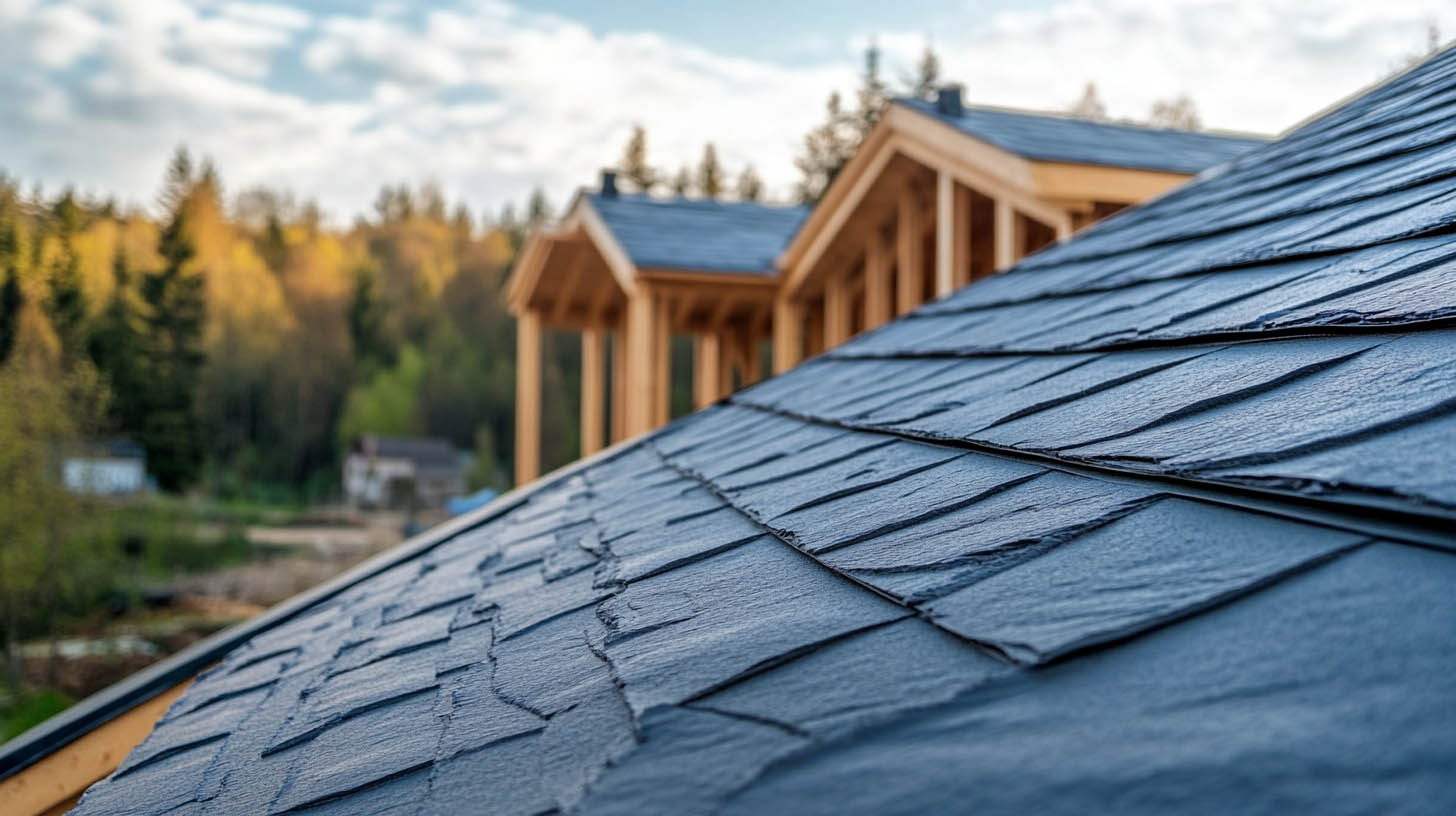
Roofing underlayment is a crucial component of any roofing system, providing an additional layer of protection between the roof deck and the primary roofing material. With various options available, selecting the right type of underlayment ensures durability, water resistance, and long-term performance. In Charleston, WV, Rainstoppers Roofing offers expert advice and installations to meet all your roofing needs.
Common Types of Roofing Underlayment
Asphalt-Saturated Felt
Asphalt-saturated felt, also known as tar paper, is made from organic or fiberglass matting infused with asphalt. It offers reliable water resistance and is a budget-friendly option. However, its vulnerability to UV rays means it should be covered promptly during installation.
Synthetic Roofing Underlayment
Synthetic underlayment, often crafted from polypropylene or polyethylene, is lightweight, durable, and water-resistant. Its tear-resistant properties make it ideal for roofs exposed to harsh weather conditions. This type is favored for its superior performance and longevity.
Rubberized Asphalt Underlayment
Rubberized asphalt underlayment combines asphalt with synthetic rubber polymers, resulting in a self-sealing, watertight barrier. It excels in extreme weather conditions, offering exceptional durability, UV resistance, and moisture protection, making it suitable for heavy rainfall or snow-prone areas.
Peel-and-Stick Underlayment
Peel-and-stick underlayment is a self-adhesive option that eliminates the need for additional fasteners. Its waterproofing capabilities make it a popular choice for steep-slope roofs and areas susceptible to leaks. The adhesive backing ensures a secure fit and minimizes wind uplift.
Breathable Roofing Underlayment
Designed with micropores, breathable underlayment allows air circulation while preventing moisture buildup. This reduces the risk of mold, rot, and condensation, enhancing the longevity and health of the roof system.
Unique Fact: Synthetic underlayment can resist tearing up to ten times better than asphalt-saturated felt, ensuring enhanced durability during installation.
Factors to Consider When Choosing Underlayment
- Climate: Opt for rubberized asphalt or peel-and-stick for regions with heavy rain or snow.
- Roof Type: Flat roofs may benefit from rubberized asphalt, while steep-slope roofs suit peel-and-stick options.
- Budget: Asphalt-saturated felt is cost-effective but less durable than synthetic alternatives.
- Durability: Synthetic and rubberized asphalt underlayment provide superior longevity.
- Installation Requirements: Consider ease of installation, particularly for DIY projects.
Why Roofing Underlayment Matters
Roofing underlayment acts as a secondary barrier against water infiltration, protecting the roof deck from moisture, wind-driven rain, and ice dams. It enhances the overall performance of the roofing system and ensures the primary material lasts longer.
Conclusion
Selecting the right roofing underlayment is essential for a robust and long-lasting roofing system. Each type of underlayment offers unique advantages, catering to specific climates, roof types, and budgets. For tailored recommendations and professional installations, turn to Rainstoppers Roofing in Charleston, WV.
FAQs
Q1: Is roofing underlayment necessary?
Yes, it provides a crucial layer of protection against moisture, ice dams, and wind-driven rain.
Q2: What’s the most durable underlayment?
Synthetic and rubberized asphalt underlayment offer the highest durability and water resistance.
Q3: Can underlayment improve energy efficiency?
Yes, breathable underlayment promotes air circulation, reducing moisture buildup and enhancing insulation.To explore the best roofing materials for durability and aesthetics, click here.
